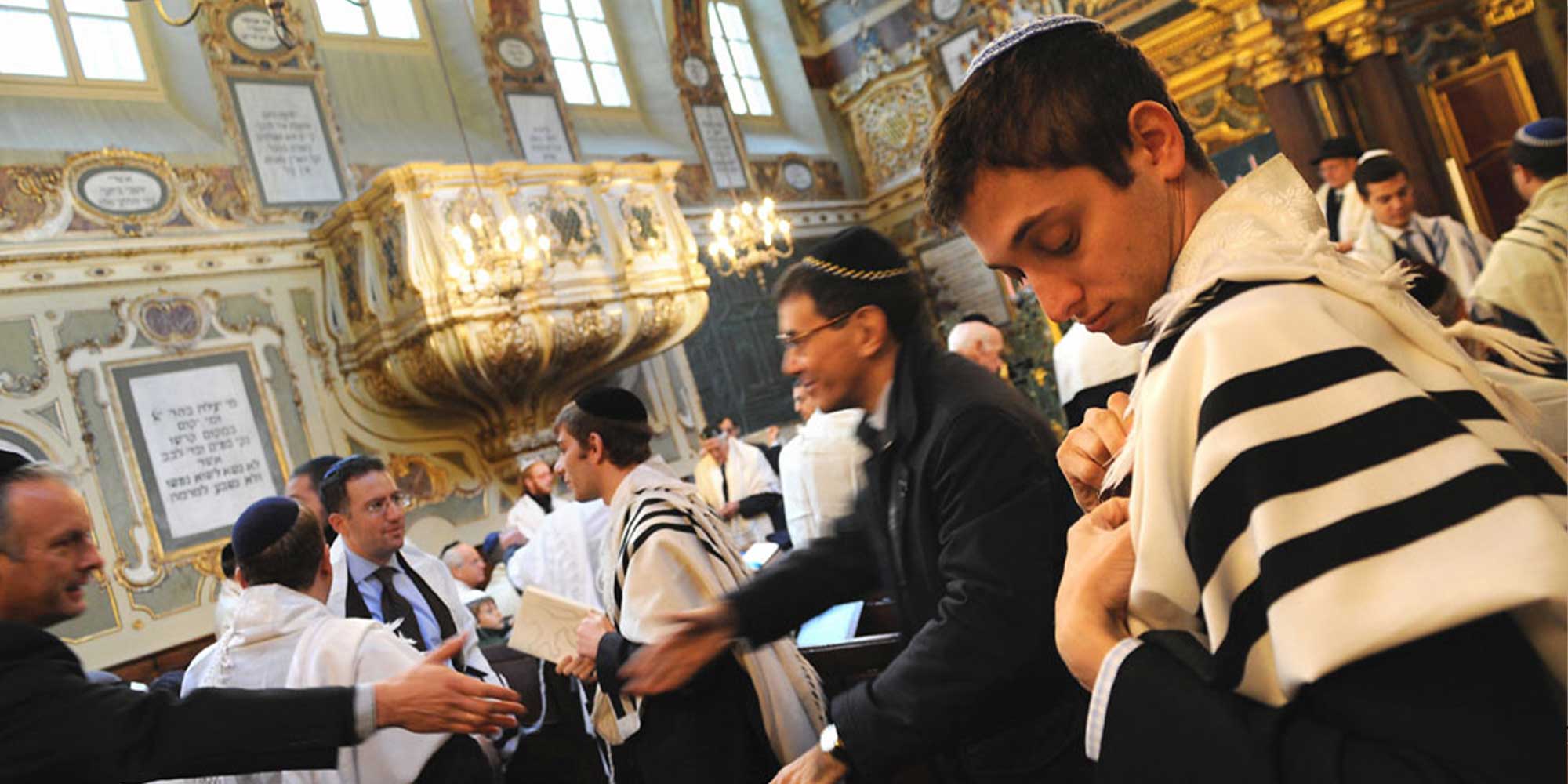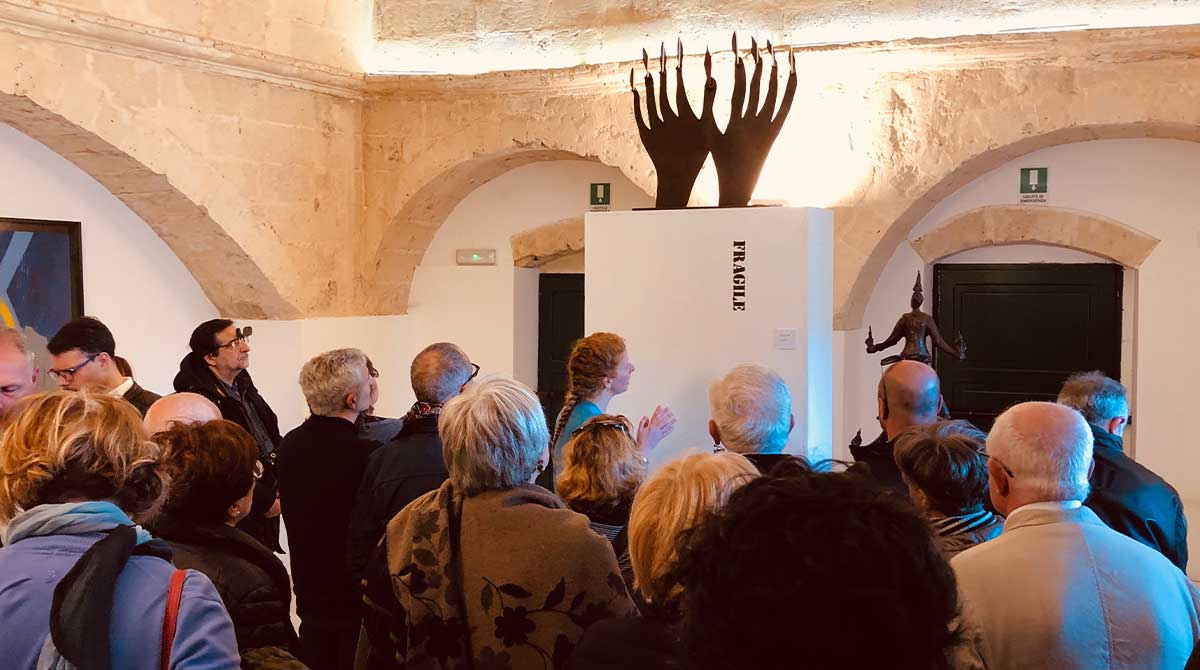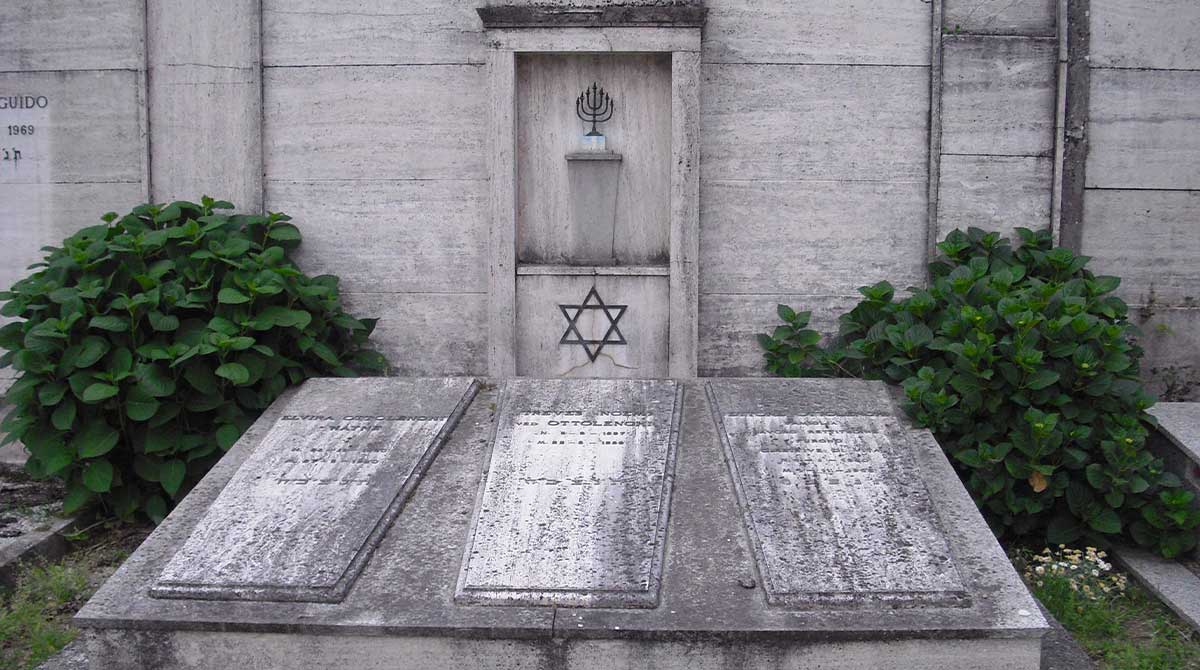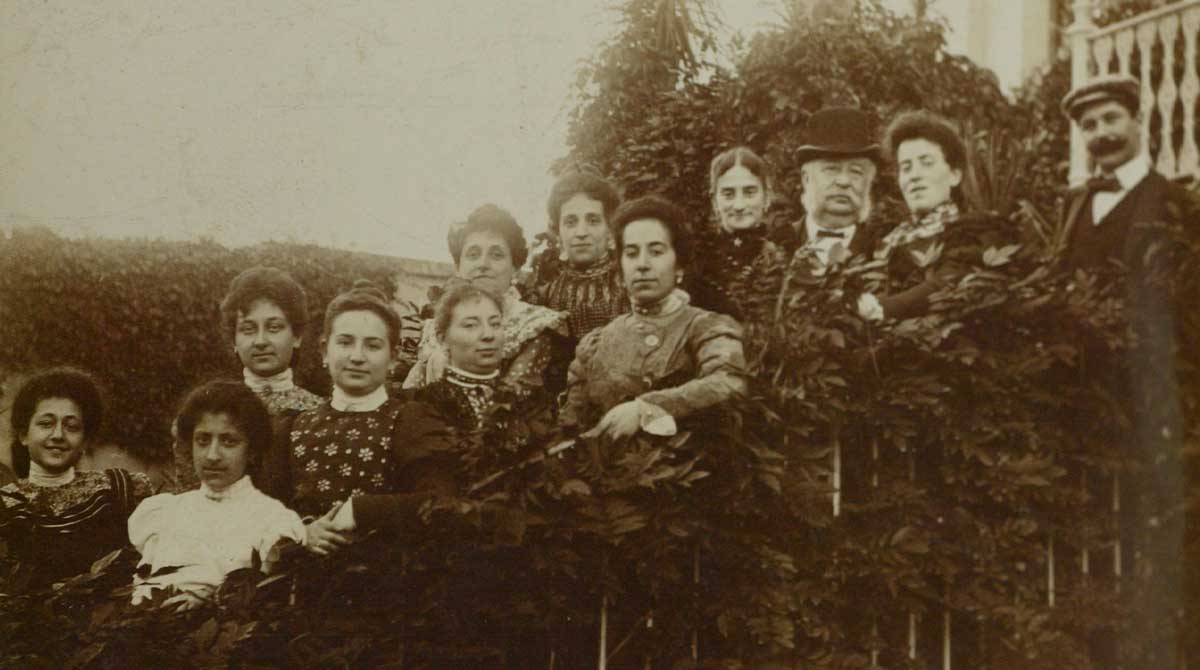Among the earliest documents we find the already mentioned concession of a plot of land for burial in 1438, a building lease contract signed on 17 September 1595 with the entrusting of the building to a Jewish custodian and, in early 1606, evidence of the construction of a public oven for unleavened bread.
The Jews in Monferrato lived without problems under the dynasty of the Paleologi until 1533, of the Gonzaga dukes of Mantua from 1536 to 1708. In Monferrato they were ‘tolerated’ and were able to enjoy numerous ‘concessions’, but they were well aware that their position was always poised between the status of foreigners and that of subjects, with imbalances on one side or the other, depending on the epochs and rulers. Between the 16th and 17th centuries, Monferrato was ravaged by continuous wars that also involved the Jewish population who, for the concession to live in the city, were forced to pay large sums of money, also used to finance the wars. Within the city, Jews were subject to many restrictions: in particular, during Holy Week and religious processions they were forbidden to walk in certain streets. Moreover, even in Casale they were obliged to wear a distinctive symbol, a yellow sash on their arm or right hand, from which they could only separate themselves when travelling, on the day of departure and on the day of arrival.
In 1611, the Jews were officially accused of ritual murder, however, unlike elsewhere, this slander did not have a tragic outcome and the Jews were completely acquitted.
The Jews of Casale mainly practised pawn lending. The community archives contain many interesting documents regarding the rules that codified the pledge, the interest rates (no higher than 25%) that could be demanded by the creditor, and the compensation for damages to the debtor in the event of the destruction of the pledged items, whether due to force majeure, such as raids or fires, or to more banal and negligent causes, such as mice or woodworms.
The Jews of Monferrato engaged in trade, even on a large scale. Jona Clava and Salomone Jona, for example, became the grain suppliers of the whole of Casale in 1640, then expanded their activities by trading also in jewellery, spices and even obtained the town monopoly on the sale of playing cards.
Later, the Jews started trading in lead, rice and salt. Their activities reached a peak in 1643, when they were awarded the supply of cereals for the entire French army in Casale, the commanding general of the troops became their partner and they obtained a contract for the construction of some fortifications after lending money to the officers of the garrison without charging interest.
In 1708, Monferrato was annexed to the Savoy dominions and the condition of the Jews immediately worsened. The first provision, which was not followed by all the Jews, concerned the transfer of the entire Jewish population to the ghetto, a single urban area, starting in 1724. A large quarter of Casale, where many Jews already lived, was chosen for the ghetto. The Synagogue was located in the centre of the district, in a protected position, in the alley that today is called Salomone Olper (b. in 1811 m. 1877 rabbi in Casale from 1857 to 1859). The chosen district, although vast, soon became overcrowded: in 1761, 136 families lived in the ghetto of Casale Monferrato, for a total of 673 people. It was the most populated ghetto in Piedmont after that of Turin.
The French Revolution and the Napoleonic occupation (1789-1814) brought temporary equality and the ghetto gates were removed; restored again during the Restoration, they finally fell in 1848, when King Carlo Alberto gave the Jews of the Kingdom of Savoy civil rights. At that time, there were 850 Jews in Casale Monferrato.
The Emancipation Decree promulgated by Charles Albert generated great gratitude in the Jewish Community of Casale Monferrato. Among the biographers of the Community, Leone Ottolenghi, in his essay “Brevi cenni sugli Israeliti casalesi e sul loro sacro oratorio” published in 1866, recounts the situation of the Community of Casale when the excitement of emancipation was still strong in him. Delving between the lines, we read: ‘Who can describe the enthusiasm with which this news was received? The whole community was in motion. It was a coming, a going, a coming together, a rejoicing’ and a little further on ‘Our Catholic brothers took a lively part in our exultation and it was indeed moving to see the exchange of affection and generous ideas that were then being admired’. Ottolenghi goes on to praise the initiatives taken to integrate the Jewish community with the rest of the citizenry: from the creation of a Society of Encouragement for Arts and Crafts, to the reform of the Opera di Beneficenza to help the sick, to the hypothesis of building a hospital for Jewish patients.
Soon the community began to shrink due to the general phenomenon of urbanisation and mobility towards large centres, which led the people of Casale, and therefore also the Jews, to move elsewhere, often to Turin and Milan.
In 1931, the community numbered 112 people, and during the Shoah it suffered severe blows: 59 people born in Casale were deported, women, men, and some children, whose names are engraved in perpetual memory in the dedicated memorial, located at the entrance to the museum complex, together with the names of the 4 deported Jews from Moncalvo.
The Jewish Community partly survived, thanks also to the actions of the Righteous Among the Nations, and reopened the restored Synagogue, which was declared a National Monument by the Superintendency, the first property in Italy not owned by the Italian State or the Vatican, in 1969, and created the museum complex, now the most visited in the Province of Alessandria, especially by schools, confirming the important educational function it performed.
Despite the fact that the Jewish communities of Monferrato have, over time, experienced a flourishing development, to date the Jewish presence in these territories is meagre and is reduced to around 60 members of the Jewish Community of Casale Monferrato, which is governed by a three-member Board of Directors, which promotes activities in the Synagogue and looks after the community assets. The Board collaborates with the museum complex’s Management Committee to conserve the assets and curate exhibitions and exhibition activities.
Today, the Synagogue is not regularly used for religious services. However, some Sabbaths and major holidays are celebrated, in particular the Pesach Seder, Chanukkah and Yom Kippur, in a special atmosphere of recollection, joy and sharing, as well as weddings, Bar Mitzvahs and Bat Mitzvahs for women aged 12 and under.






